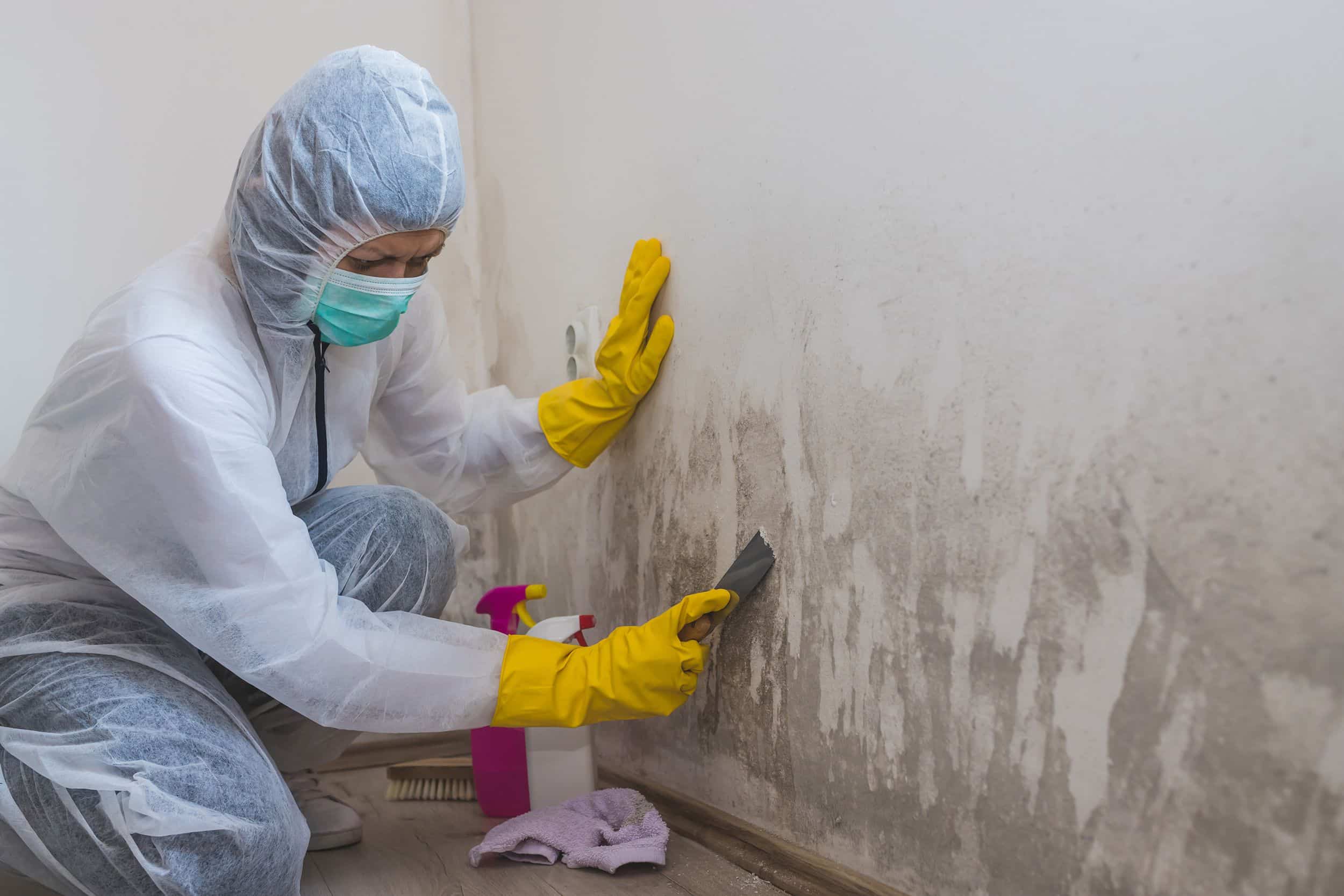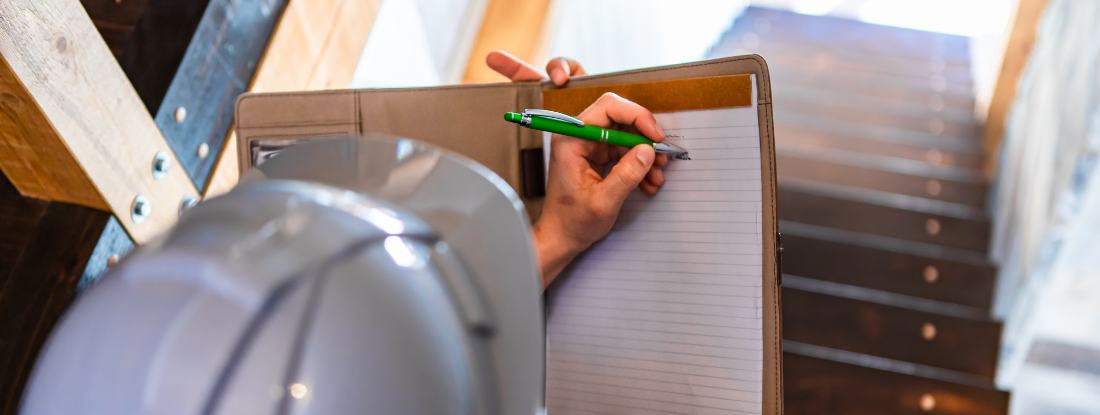Effective Article Mold And Mildew Remediation Solutions for Your Home
Mold growth in homes can be a relentless issue, frequently requiring a methodical approach for efficient post-remediation options. From understanding the variables that add to mold and mildew advancement to applying proper cleaning methods and wetness control steps, the procedure can be elaborate yet vital for preserving a healthy and balanced living environment. Additionally, discovering natural removal remedies and establishing a routine for ongoing maintenance are important elements of a thorough mold and mildew remediation strategy. As house owners aim to attend to mold worries, locating one of the most efficient solutions becomes paramount for the wellness of their homes.
Understanding Mold And Mildew Development Variables
The main element adding to mold and mildew development is wetness. Mold and mildew spores call for wetness to prosper and germinate, making moist or wet environments highly at risk to mold infestations.

Additionally, air flow and light exposure can impact mold and mildew growth. Areas that lack correct ventilation and all-natural light are a lot more prone to mold advancement. By dealing with these variables comprehensively, individuals can efficiently reduce mold growth and guard their living settings.
Appropriate Mold And Mildew Cleansing Strategies
Utilizing effective cleaning methods is necessary in protecting against the recurrence and addressing of mold and mildew contamination in indoor settings. The initial step in proper mold cleaning is to consist of the afflicted area to prevent the spread of spores to uncontaminated areas.

Implementing Moisture Control Procedures
To effectively protect against mold and mildew development and contamination in indoor atmospheres, implementing wetness control actions is paramount. Additionally, making sure correct air flow in areas susceptible to moisture buildup, such as kitchen areas and bathrooms, can aid reduce the risk of mold development. By carefully applying these wetness control procedures, home owners can properly minimize the possibility mold removal for books of mold and mildew recontamination and maintain a healthy and balanced indoor environment.
Making Use Of All-natural Removal Solutions
After efficiently applying wetness control measures to avoid mold and mildew development in indoor settings, home owners can currently explore the performance of natural removal remedies in preserving a healthy and balanced living space. Natural removal options utilize ecologically friendly approaches to fight mold and mildew and mold, making them a popular option for those looking for safe options. By incorporating these all-natural removal remedies into their cleaning regimens, property owners can efficiently deal with mold growth while advertising a healthier interior environment for themselves and their family members.

Preserving a Mold-Free Setting
Regularly checking areas vulnerable to mold growth, such as restrooms, attics, cellars, and cooking areas, is crucial. Appropriate air flow in areas with high moisture levels is additionally key to avoiding mold growth.
Furthermore, preserving cleanliness in the home is crucial for mold avoidance. Maintaining indoor plants in check visit homepage and making sure appropriate drainage in outside landscape design can lessen moisture build-up, reducing the probability of mold and mildew infestations.
Final Thought
Finally, it is vital to resolve mold growth factors, use correct cleansing techniques, apply moisture control actions, use natural remediation options, and keep a mold-free setting in order to effectively handle article mold removal in your home - After mold remediation. By following these methods, you can stop mold from repeating and make certain a healthy and balanced living environment for you and your family members
The key factor contributing to mold development is dampness. Mold and mildew spores require moisture to flourish and sprout, making humid or moist settings highly prone to mold and mildew problems.To properly protect against mold and mildew development and contamination in indoor atmospheres, implementing moisture control steps is vital. Furthermore, making sure correct air flow in areas susceptible to moisture buildup, such as shower rooms and cooking areas, can assist decrease the threat of mold and mildew growth.After successfully applying wetness control actions to protect against mold development in interior settings, home owners can currently explore the effectiveness of natural remediation services in maintaining a healthy and balanced living room.